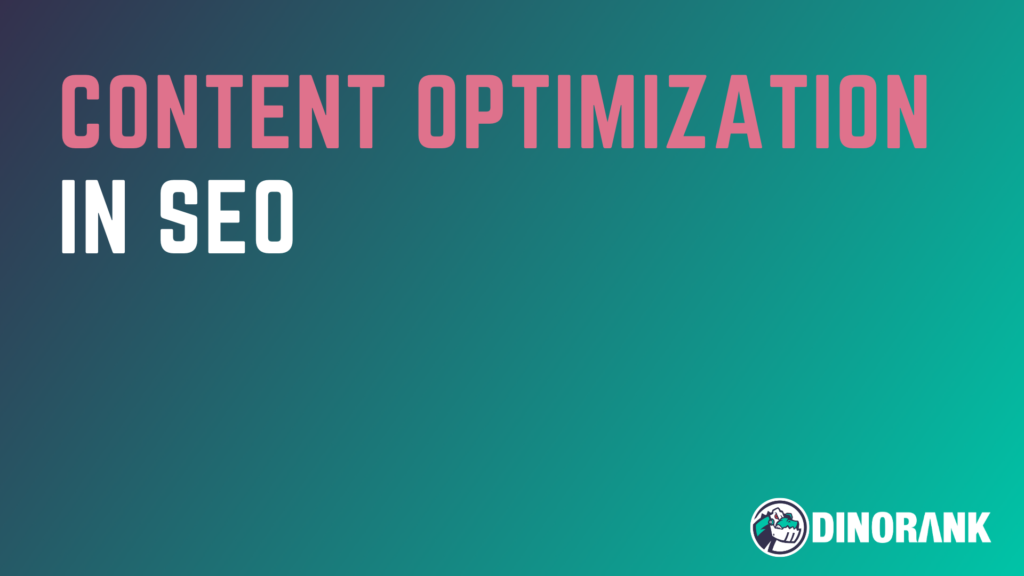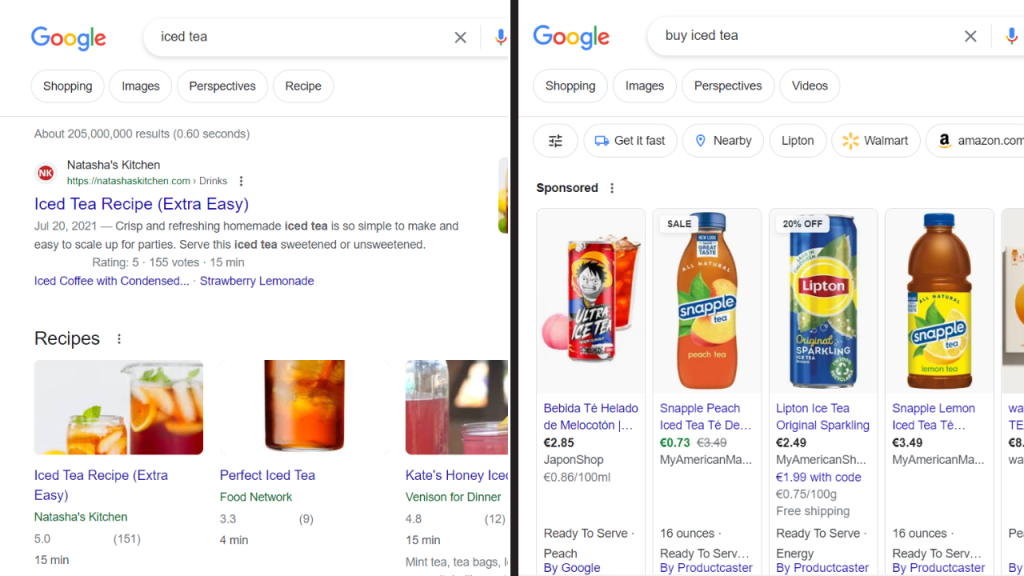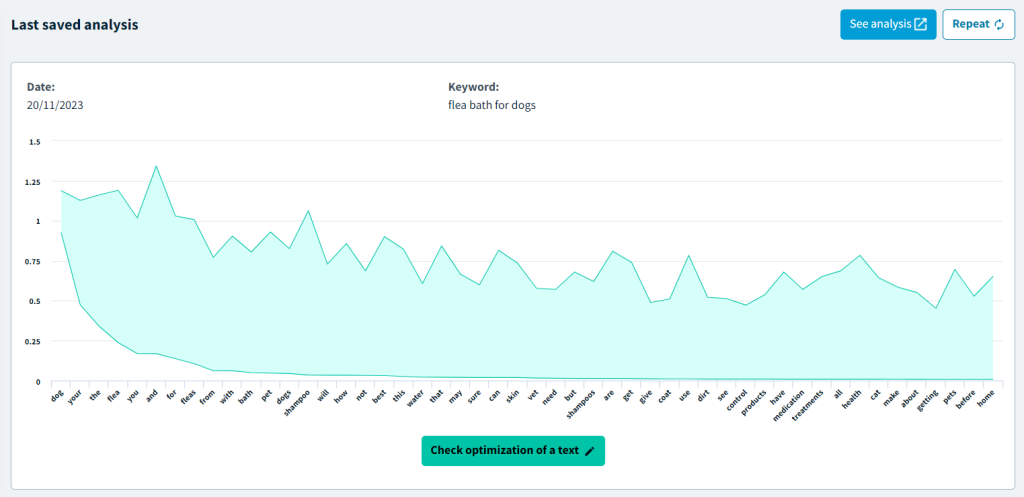Thinking that just by penning a 10,000-word post, Google will automatically bump it to the top ranks is a big mistake.

If you’re aiming for high rankings, you need to feed the search engines what they’re craving.
And often, you don’t nail it on the first try.
You’ve got to comb through your text multiple times, tweaking it until it hits a sweet spot that really resonates with search engines.
But it’s not just about them. Your audience is a fail-safe gauge, signaling whether you’re on the right track or if, maybe, it’s time to switch up your game plan.
This whole process of fine-tuning your posts to please both Google and your readers? That’s what we call content optimization, and it’s a huge deal in SEO.
Curious about what it involves and how you can actually do it? Stick with me. I’m about to walk you through the essential aspects you need to know for nailing content optimization from an SEO standpoint.
What is Content Optimization in SEO?
Content optimization is a set of techniques applied to the text on our web pages. This helps Google and other search engines understand and value the content better, consequently achieving higher rankings in the Search Engine Results Pages (SERPs).
Content optimization isn’t a one-off task. It’s not something you do once and then forget about.
Absolutely not.
Content optimization is an iterative process that spans the lifetime of a website. It involves various actions that need to be applied at different stages of your project.
Why Is Content Optimization Important
By optimizing our content, we’re trying to make it more appealing to search engines, thus improving its final ranking.
But in good optimization, we must never forget the end receiver of our website – the user.
We should never neglect the user.
Google’s ultimate goal is to show users what they are looking for.
And, if we create content that engages the user, we will inevitably attract Google as well.
That’s why Google and the user are two sides of the same coin. We should always keep both in mind when planning our SEO strategy.
By doing so, we’ll produce high-quality content that will be hard to knock off the top spots of the SERPs.
SEO Content Optimization Checklist
I’ve already mentioned that content optimization, from an SEO perspective, involves various techniques that you can apply to your website.
But what exactly are these techniques?
To make things easier, here’s a checklist of the key aspects you should review if you want your content to be valued by users and, of course, by Google and other search engines.
10 Basic Points for Optimizing Your Page Content: Content Optimization Checklist
- Always start with keyword research.
- Focus on search intent.
- Write with your audience in mind.
- Structure your content coherently.
- Include visual elements.
- Don’t neglect internal linking.
- Create thematic clusters.
- Use appropriate schema markup for your pages.
- Research SERPs to discover new ideas not included in your texts.
- Keep your SEO content updated.
Now, let’s dive into each of these actions, so you can apply them to your web pages and understand why they’re important.
1. Always Start with Keyword Research
Creating a blog and writing about everything we like is very tempting. However, what interests us might not interest the rest of the world. If we write about topics nobody searches for online, it’s tough to attract visitors to our website. That’s why I always say keyword research is one of the pillars of SEO. It helps us discover which topics to cover on our site, how to organize them, and which related content can truly engage our audience.
2. Focus on Search Intent
A simple list of keywords isn’t very useful if we don’t understand the search intent behind each one. What does a user expect to find when they type a particular keyword into Google? Let’s look at an example. Below, you’ll see a Google search result screenshot for “iced tea” and “buy iced tea”.

As you can see, the search results differ because the user’s intent is different. In the first case, the user is looking for recipes or information related to iced tea. In the second, they want to buy it.
Google accurately interprets this intent, and therefore, displays results tailored to it.
Our job as SEOs is to make things easier for Google and users by offering them what they want.
Each of our URLs should aim to satisfy a single search intent, even though it might incorporate various keyword variations.
Furthermore, understanding search intent will guide us on the type of content we should create.
How long should the text be? Should it include infographics? What about videos?
Put yourself in the user’s shoes to find the answer.
And if you’re still unsure, search your keywords on Google to clear your doubts.
3. Write Thinking of Your Audience
Many SEOs forget that their content, besides appealing to Google, should be attractive to its readers.
No matter how many keywords and semantic variations you insert into your texts, if they are poorly written or hard to understand, they will never rank well.
They might initially, but if Google sees that users are quickly leaving your site, it will eventually push you down in the SERPs.
To make your content successful, you need to know your audience and understand how to address them.
Obviously, a scientific article is different from a post on a travel blog.
But, for most texts written online, there are some universally effective writing tips to make your articles more readable. Here are the most important ones.
Writing Tips for Generalist Texts
- Use a tone appropriate for your reader. A conversational style is often suitable, but sometimes a different approach may be preferable.
- Mix short sentences with longer ones to add dynamism to the text.
- Despite the previous point, try to keep your paragraphs short.
- Use simple, easy-to-understand language.
- Employ bold text to highlight main ideas and make your text scannable.
- Include lists or tables to break up the text and avoid constant paragraphs.
4. Coherently Structure Your Content
Headings are a crucial part of our texts from an SEO perspective.
They not only guide the reader through the content but also help search engines understand our content and identify the most relevant ideas we’re discussing.
Therefore, H1, H2, H3, etc., are strategic points for incorporating our keywords. However, it’s essential to do this naturally.
However, not everyone uses these headings correctly.
Often, they are treated as design elements to assign different font sizes or styles to parts of the web page.
This is a mistake, as it results in a page that’s disorganized from the search engines’ viewpoint.
When Google’s crawler scans our website, it shouldn’t encounter two H1 tags, several H3s without an H2, or five-line headings.
Headings should be used to structure content. Their different style from the rest of the text is secondary.
Think of them as parts of a book. The H1 is like the cover (there’s only one), H2s are the chapters, H3s the sections within each chapter, and so on.
And if you’re unsure whether you’ve used them correctly, you can always use a Chrome plugin like SEO META in 1 CLICK to check.

5. Include Visual Elements
I don’t know about you, but when I enter a website and all I see is a huge block of text, I tend to close it and go elsewhere.
The content has to be exceptionally engaging for me to stay and read through to the end.
And this feeling is even stronger when browsing on mobile.
Therefore, if you want to keep your users engaged and prevent them from getting tired of your content, intersperse visual elements to break up the text.
Images and videos, especially when they provide useful information, usually make the experience much more enjoyable.
Lists with icons, text boxes with pleasant styles, and even buttons with calls to action also contribute to enhancing user retention on your page.
Here’s a tip.
You can use images to include keywords related to your content. This is particularly useful for those keywords that are tricky to incorporate naturally into your text, maybe because they have a typo or sound too robotic.
Use the Alt attribute to do this in a way that doesn’t disrupt the reading flow but is still scannable by Google.

6. Don’t Neglect Internal Linking
One aspect often overlooked by many webmasters is the network of links between different pages on their website.
Internal linking is almost as powerful a tool as the backlinks we secure for our site. The advantage here is that we have complete control over them, yet often we fail to fully utilize this resource.
Through internal links, we can signal to Google the most important parts of our website, reinforce the concept we want to convey with each URL, distribute the authority among our pages, and facilitate indexing by search engine crawlers.

Certainly! Here’s the translated text, adapted to sound natural in American English:
“So, whenever you create new content, ask yourself: What previous articles could I link from here? And from which other articles could I link to this new content?
7.Create Topic Clusters
In line with internal linking, there’s a technique that’s increasingly gaining traction in website ranking: the creation of so-called Topic Clusters, which help enhance a website’s thematic authority
Thematic Authority, also known as Topical Authority, refers to the concept of our website being recognized by Google as a reliable and expert source on a specific topic.
To achieve this, it’s crucial that our content covers as many related concepts as possible regarding that topic.
This is where Topic Clusters come into play.
By grouping content around a central idea, we reinforce it and signal to Google our extensive knowledge on the subject.
8.Use Proper Schema Markup for Your Pages
Schema markup is a set of attributes or metadata included in your website’s code, helping Google understand key information about your content.
If you’re using WordPress, you can easily add these details using specific plugins. In fact, some of the most popular SEO plugins, like Yoast or Rank Math, offer options for basic Schema markup.
Once you’ve implemented this information on your site, you can check it using Google’s Rich Results Test tool.

And when it comes to metadata, we can’t overlook two other fundamental tags in SEO.
I’m talking about the meta-title and meta-description.
Make an effort to craft a meta title that includes your main keyword and a meta description that grabs attention.
By doing this, you’ll ensure that both Google and users take notice of your content.
9.Research SERPs to Discover New Ideas Not Included in Your Texts
In optimizing our content, we can’t forget to check out our competition.
After all, if Google is displaying certain results for a specific query, there’s a reason for it, right?
Analyzing the results that rank highest in the SERPs can give us ideas about keywords, concepts, or sections we’re not including in our texts.
For this, we have tools like DinoRANK’s TF*IDF, which helps us understand the terms we should include in our texts to match up with the results Google deems most relevant.

We can also use the Content Gap module, which helps us discover keywords our competitors are ranking for, but we aren’t.

This approach makes it easier to understand what content we need to create and how to do it if we want to be relevant in our field.
10.Keep Your SEO Content Updated
Once we’ve published content, we can’t just forget about it.
On the contrary, we need to review it periodically, aiming to improve its search engine rankings or, if we’re already at the top spot, to maintain that position.
It’s time to enhance the content we’ve already created to increase its value and usefulness.
One way to achieve better rankings is to check Google Search Console for opportunity keywords.
This involves identifying those keywords that appear in our GSC panel because our page is showing up in the SERPs, but are not present in our texts.
The idea is that if Google considers our website relevant for these terms, despite them not being in the text, it’s very likely that including them will substantially improve our positions.
Adding opportunity keywords is a good reason to periodically review our content.
But there’s an even better one: ensuring it’s always up-to-date.
If our texts reflect the latest trends, or if Google sees that we’re committed to keeping them current (a concept known as freshness), it will grant them greater relevance and credibility.
Conclusions
In this article, I’ve aimed to show you the importance of optimizing all the content you create for SEO and discussed the main aspects you should focus on.
Now, it’s up to you to apply this to your web pages.
I’m confident that if you do, you’ll notice a significant improvement in the positions you achieve in the SERPs.

